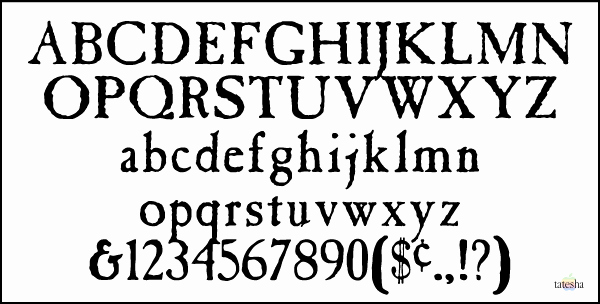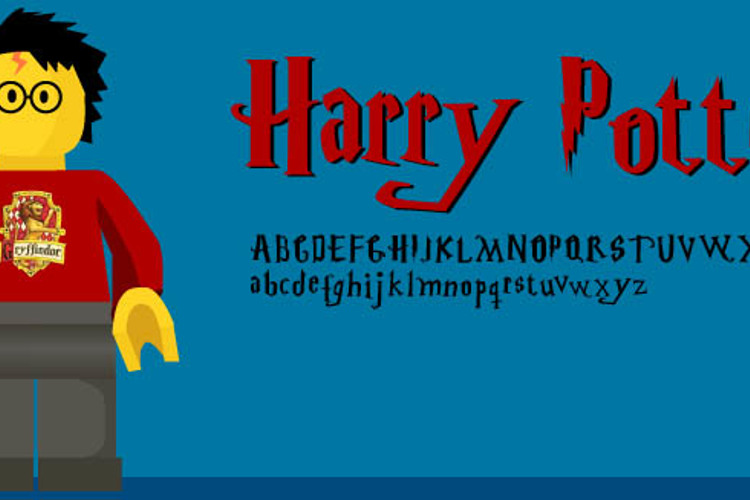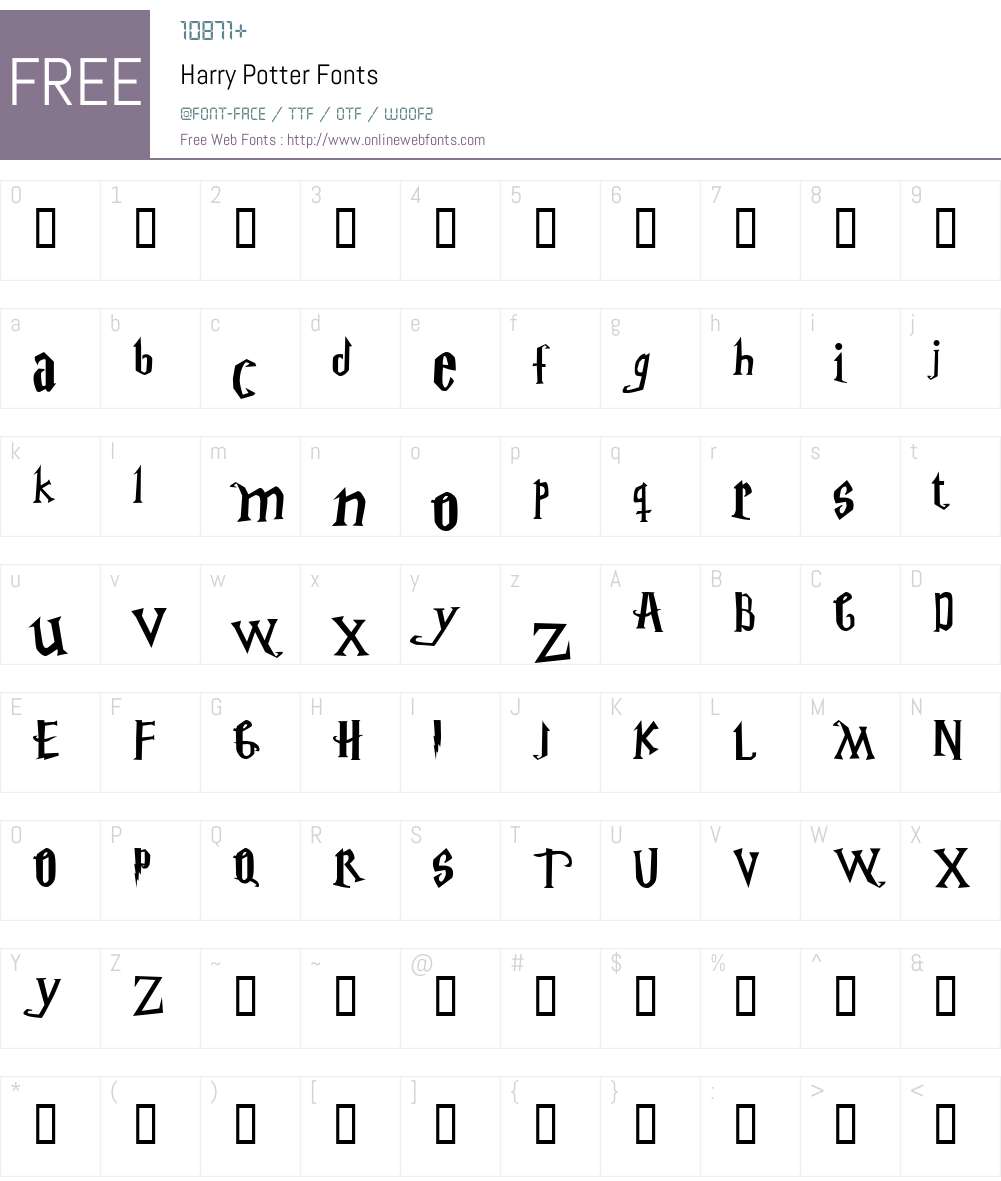
using the Apple Pencil to annotate the book.

Nothing beats writing it down, AND I still have an IBM selectric 3 and Swintec, nothing beats sitting down and just letting the thoughts flow neatly on a piece of paper and then glueing it the notebookĪnyway whatcha y’alls thoughts of using an iPad as a digital library of books. hell I still use national brand computation notebooks for all my notes. Not sure how I’m gonna adapt to reading on a tablet, as I really prefer a physical book. I’ll pay for some PDFs but hey if I can get it free thru a google search then it is what it is lol. So I gave in a bought an iPad with the hopes of putting the books in pdf form on it. the book I need at the time is always in the opposite place I am in currently.Īlso, all the books I want now are newer and none are on the used market. It ends up being something like connecting a USB.

Essentially all my books turn into something out of the “half blood prince” potions book from Harry Potter.īut it’s so inconvenient as either my books are in my office or in the library at home. This can cause text to wrap when you don't want it to or table cells to expand beyond what you had intended.Sooo I’m typically a proponent of physical copy of books, as I’d rather sit and read them, write and take notes. Unfortunately, there is a downside to using relatively defined font sizes, which is that you have less control over design. While "zooming" will increase the size of all elements (font included) on the page, changing the default browser font size won't have any effect on fonts whose sizes in CSS are specified using absolute, rather than relative, units.

In most browsers, a user can change both the "zoom" of the page and, separately, the default font size. This is because absolute font sizes can make pages inaccessible to people who have difficulty seeing. Most experts agree that font size should be defined in relative units (e.g., em, rem, %, etc.) or in terms (e.g., large, small, etc.). The above code will output the following: The terms "smaller" and "larger" change the font size of an element relative to its parent element's font size. The sizes xx-small to xx-large work similarly to font sizes 1 through 7 in HTML, though they don't match up exactly. In addition, font size can be defined using the following relative terms:.CSS allows us to specify exactly how big or small we want text to appear using font-size.To specify a font-family of Arial, for example, you use: p This way, if neither Arial nor Helvetica is found, the browser at least knows to use some sans-serif font.įont-family: 'Courier New', Courier, monospace You can specify by font name (such as Arial, Helvetica, etc.) or font category (such as cursive, fantasy, monospace, etc.).

The font-family property is used in CSS to specify the font name to apply to an element.


 0 kommentar(er)
0 kommentar(er)
